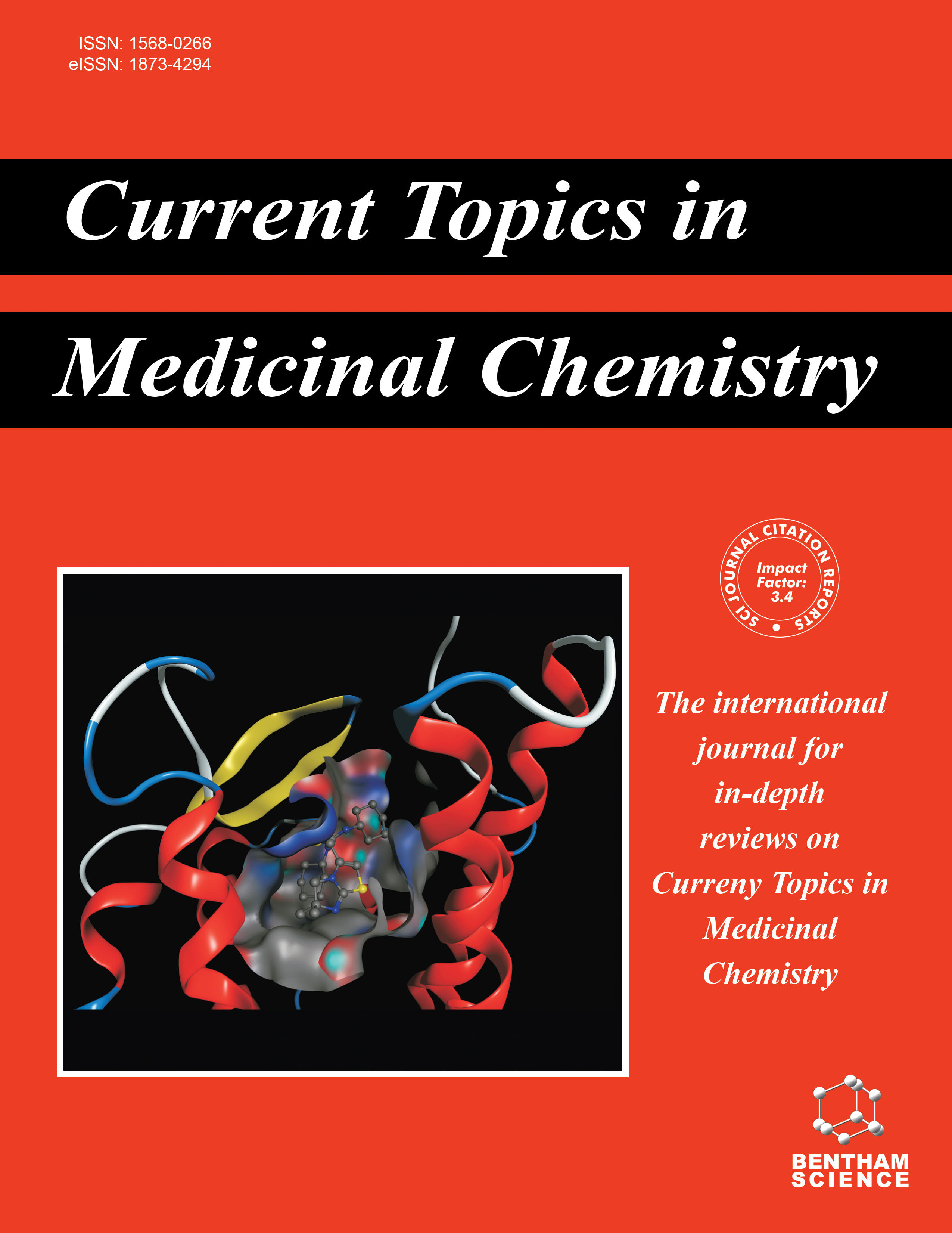
Full text loading...
We use cookies to track usage and preferences.I Understand

To investigate the antimicrobial potential of methanol fruit extract of Solanum xanthocarpum against Methicillin-Resistant Staphylococcus aureus (MRSA) and elucidate its mode of action.
The rise of antimicrobial resistance (AMR) demands the exploration of alternative therapeutic strategies to combat resistant pathogens.
To evaluate the efficacy of Solanum xanthocarpum methanol extract against MRSA, and identify its active constituents and mechanism of action.
The fruits of Solanum xanthocarpum were extracted using various solvents, with hexane and methanol yielding the highest results. Microbroth dilution assays assessed antimicrobial activity, while in vitro assays such as Alamar blue, Scanning Electron Microscopy (SEM), protein, and nucleic acid leakage examined metabolic disruption and cell membrane integrity. Gas Chromatography-Mass Spectrometry (GC-MS) was used to identify active compounds, and molecular docking studies assessed interactions with key MRSA proteins.
The methanol extract demonstrated significant antimicrobial activity against MRSA, causing metabolic disruption and leakage of cellular contents as evidenced by various in vitro assays including alarm blue, SEM, and protein and nucleic acid leakage assay. GC-MS analysis identified alpha-linoleic acid and palmitic acid as key active components. Molecular docking studies confirmed their inhibition of beta-lactamase activity, cell wall biosynthesis, efflux pumps, and virulence factors.
The findings suggest that Solanum xanthocarpum methanol fruit extract has promising potential as a natural remedy against AMR associated with MRSA.

Article metrics loading...

Full text loading...
References


Data & Media loading...
Supplements